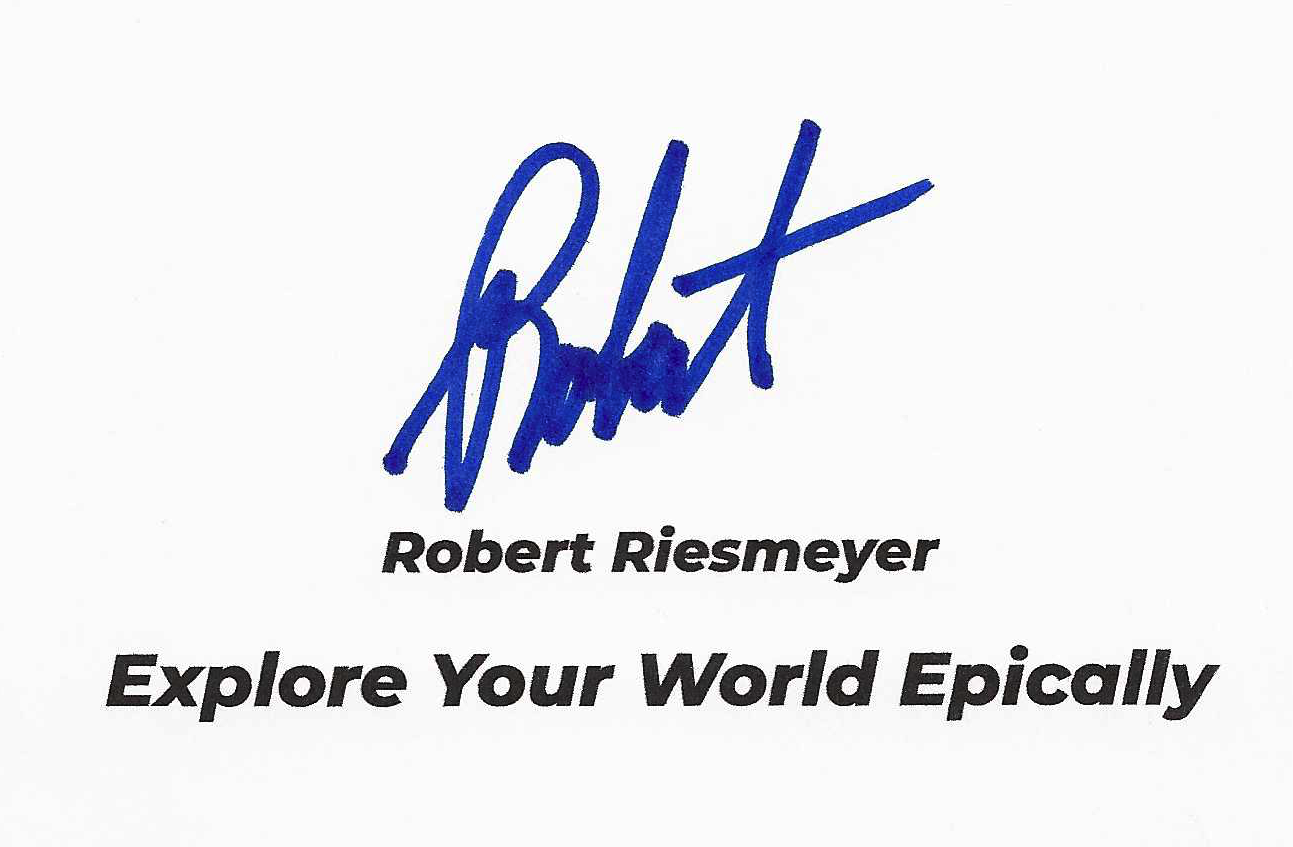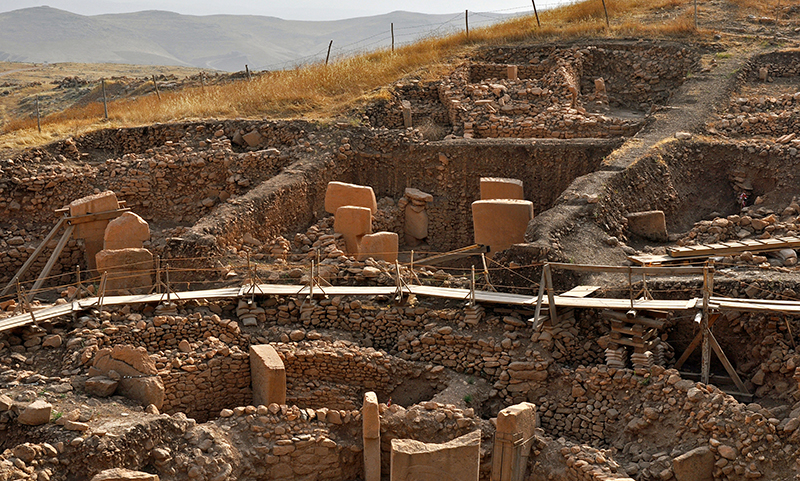Göbekli Tepe: The World’s Oldest Temple and the Dawn of Civilization
There are places you visit, and then there are places that visit you—haunting your thoughts long after you’ve returned home. Göbekli Tepe in Türkiye is the latter. This isn’t just another archaeological site. It’s the place where time folds in on itself. Where hunter-gatherers, thousands of years before the wheel, dared to build a monument to the divine.
Welcome to Göbekli Tepe—arguably the world’s oldest known temple, older than Stonehenge, older than the Great Pyramids, and older than anything we thought possible.
This isn’t just a journey into the past. It’s a plunge into the sacred, the strange, and the spine-tingling mystery of how civilization might have begun.
Göbekli Tepe and the Birth of the Sacred
An Unexpected Revelation in the Anatolian Earth
When German archaeologist Klaus Schmidt first laid eyes on the site in the 1990s, even he didn’t fully realize what he had uncovered. Nestled on a windswept hilltop near the city of Şanlıurfa in southeastern Türkiye, Göbekli Tepe—Turkish for “Potbelly Hill”—was hiding secrets that would shake archaeology to its core.
This wasn’t a simple village ruin. No, this was a sanctuary. A temple. A place where people who had no cities, no farms, no wheels, or metal tools, still came together to worship—12,000 years ago.
Let that settle in: Göbekli Tepe predates agriculture. It existed in a world of nomads and wild terrain. And yet, the people who built it moved massive limestone pillars—some over 16 tons—and arranged them into monumental stone circles.
It’s awe-inspiring. And it’s baffling.
The Architecture of Early Faith
The site is composed of several circular and oval enclosures, anchored by towering T-shaped megaliths. These aren’t your run-of-the-mill stones. They’re works of art—carved with animals both real and mythical. Lions, foxes, snakes, wild boars, and vultures all seem to leap from the limestone, frozen in silent stories we can’t quite translate.
Each pillar may have represented deities, ancestors, or spiritual guardians. And the circles themselves? Possibly aligned with celestial events. There’s a strong sense that the builders of Göbekli Tepe weren’t just stacking rocks. They were reaching for the heavens.
Why Göbekli Tepe Matters
Rewriting the Human Timeline
Göbekli Tepe doesn’t just predate civilization—it suggests that spirituality may have been the catalyst for civilization itself. Think about it: up until its discovery, the common belief was that agriculture came first, followed by permanent settlements, then religion.
But Göbekli Tepe flips that on its head.
Here, we have monumental religious architecture built by people who were still chasing gazelles and gathering berries. The implication? It may have been the desire to gather in sacred spaces that sparked the need for agriculture and community.
In essence, faith didn’t follow society—faith built it.
The Mystery of Its Burial
And just when you think the story can’t get any stranger—Göbekli Tepe was intentionally buried.
Around 8,000 BCE, after standing for millennia, the builders filled in their creation with debris and soil, preserving it like a prehistoric time capsule. No one knows why. Was it ritual? Abandonment? Was something ending… or beginning?
This single act—covering up something so profound—adds layers to an already enigmatic tale.
Theories, Legends, and Whispers
The Original Garden of Eden?
Some biblical archaeologists point to the Fertile Crescent as the possible location of Eden. And Göbekli Tepe, with its serpents, divine iconography, and its timeline aligning with the Neolithic transition, fits suspiciously well.
Could this be the very spot where man first “knew”—the place where knowledge, worship, and civilization first entwined?
A Lost Civilization?
Others whisper of lost civilizations, long buried by flood, war, or time. The precision and scale of Göbekli Tepe make some question whether we’re dealing with a culture far more advanced than we can yet comprehend. Perhaps this was not just a sacred site—but a beacon from a forgotten people, a spiritual lighthouse flashing across eons.
Whether you lean toward academic rigor or ancient aliens, Göbekli Tepe invites questions that still echo with no easy answers.
Visiting Göbekli Tepe: What to Expect
Walking Among the Stones
Nothing—no article, photo, or documentary—can prepare you for the feeling of standing beside those monoliths. The silence. The weight of time. The sacred chill that runs down your spine when you realize just how old this place really is.
Today, an elevated walkway allows visitors to peer down into the excavated circles. Interpretive signs and a thoughtfully designed visitor center help you grasp the depth and breadth of what you’re seeing. It’s reverent, respectful, and utterly spellbinding.
Nearby Şanlıurfa: Sacred, Ancient, Alive
Just 8 miles away lies Şanlıurfa, the “City of Prophets.” This is where tradition claims the Prophet Abraham was born and where sacred fish swim in Balıklıgöl, the Pool of Abraham.
Highlights include:
-
Balıklıgöl and Halil-ur-Rahman Mosque: Pilgrimage site of peace and reflection.
-
Urfa Castle: For panoramic views and a deeper historical context.
-
The Grand Bazaar: An immersive dive into scents, textures, and Turkish hospitality.
Spend time here. Eat the kebabs, sip the thick Turkish coffee, and let the rhythm of Şanlıurfa soak into your skin.
More Wonders Await in Türkiye
Istanbul – A City Between Two Worlds
Your journey may begin or end in Istanbul—a living museum of empires.
-
Marvel at Hagia Sophia, a 6th-century cathedral turned mosque turned museum.
-
Stroll through the Grand Bazaar, an explosion of color and culture.
-
Cruise the Bosphorus, where continents collide and the past meets the present.
Cappadocia – The Dreamscape of Anatolia
Few places rival Cappadocia for visual wonder. Picture yourself floating in a hot air balloon as dawn paints the sky over fairy chimneys and rock-carved chapels.
Stay in a cave hotel. Wander through ancient underground cities. Hike through valleys shaped by time and wind.
The Turquoise Coast – Ancient Ruins and Azure Seas
Want balance? Türkiye’s Mediterranean coastline serves it up in style.
-
Explore Ephesus, where marble streets once welcomed Cleopatra and St. Paul.
-
Sail the Lycian Coast, where turquoise waters lap at Roman ruins.
-
Unwind in Pamukkale, nature’s spa of travertine terraces and warm springs.
Göbekli Tepe Is More Than a Destination
It’s a question mark. A prayer. A buried truth clawing its way into the light.
To stand at Göbekli Tepe is to feel the crackle of something sacred and ancient moving just beneath your feet. It’s to be reminded that our ancestors weren’t primitive. They were seekers, builders, dreamers—and perhaps, in some ways, more connected to the divine than we are now.
This is not a site you “check off.” It’s a pilgrimage. A reckoning with what it means to be human, to worship, and to wonder.
Final Thoughts: Travel Back to the Beginning
Göbekli Tepe doesn’t just change history—it changes you.
This place isn’t about filling your passport. It’s about emptying your expectations. It’s about letting the mystery wash over you and standing in awe of the people who built something so enduring, so beautiful, and so unexplainable… without modern tools or machines, just faith and firelight.
If you’re ready to journey not just across miles but across millennia, Türkiye awaits—with Göbekli Tepe standing silent, sacred, and utterly unforgettable.
Your Next Step?
Let Epic Explorations craft the perfect journey to Türkiye—one that connects the spiritual, the historical, and the deeply personal. Because this isn’t just travel—it’s a return to the beginning.
Contact Epic Explorations today, and start curating your journey into the past—one ancient stone at a time.
Chavin de Huantar
Door to Hell

Robert Riesmeyer is the visionary Founder and Experience Curator of Epic Explorations, a boutique travel company dedicated to crafting extraordinary journeys worldwide. Rooted in a passion for exploration, Robert brings a unique blend of creativity and commitment to every adventure, ensuring each experience is as unforgettable as the destinations themselves.
Originally from the Midwest, Robert left behind a career in insurance to pursue his dream of sharing the world's wonders with fellow travelers. With a focus on safety and an eye for the unexpected, he curates immersive experiences that allow travelers to connect deeply with the world, fostering curiosity, connection, and unforgettable memories.
Beyond his role in travel, Robert embraces the spirit of giving through his portrayal of Santa Claus, spreading joy to families and children during the holiday season. Through this role and Epic Explorations, he supports numerous charities, including Shadow Buddies, Mother's Refuge, Moving Ahead, Opertion Breakthrough and Santa America, bringing kindness and hope to those in need.
Based in Kansas City, Robert is constantly in search of new frontiers, dreaming big, giving back, and inspiring others to explore even bigger.

